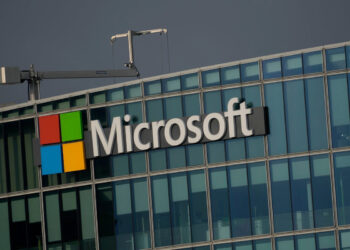Consumer prices in the Seattle-Tacoma-Bellevue metropolitan area rose 0.2% over the two-month period ending in August, reflecting continued inflationary pressure despite some sector-specific relief, according to the U.S. Bureau of Labor Statistics.
The region’s annual inflation rate reached 2.8%, slightly below the national average of 2.9%. This performance indicates persistent price pressures across the three-county area covering King, Pierce, and Snohomish counties.
Food prices presented a mixed picture during the reporting period. Overall food costs decreased 0.4% over two months, driven primarily by grocery store price declines of 1.7%. However, restaurant and dining establishment prices increased 1% during the same timeframe.
Annual food inflation reached 3.5% regionally, with grocery prices advancing 2.7% year-over-year. The Bureau of Labor Statistics reported price increases across all six major grocery categories, suggesting broad-based food cost pressures affecting household budgets.
Core inflation, excluding volatile food and energy prices, rose 0.4% over the two-month period. Regional Commissioner Chris Rosenlund noted this metric provides insight into underlying price trends beyond temporary commodity fluctuations.
Energy costs showed modest increases of 0.2% despite gasoline prices falling 0.6% during the reporting period. This suggests other energy components, including utilities and heating costs, offset fuel savings for consumers.
National price trends revealed significant variations across categories. Household furnishings and operations surged 7.6% annually, representing the steepest increases among tracked sectors. Housing costs rose more moderately at 1%, while recreation prices declined 1%, providing some consumer relief.
The Consumer Price Index measures average price changes in a fixed basket of goods and services, serving as a key economic indicator for monetary policy and wage negotiations. Seattle’s bi-monthly CPI reports reflect the region’s unique economic characteristics, including higher housing costs and technology sector influence.
Current inflation levels remain above the Federal Reserve’s 2% target, though the pace has moderated from recent peaks. Local consumers continue facing elevated costs for essential goods while benefiting from declining prices in select categories.







